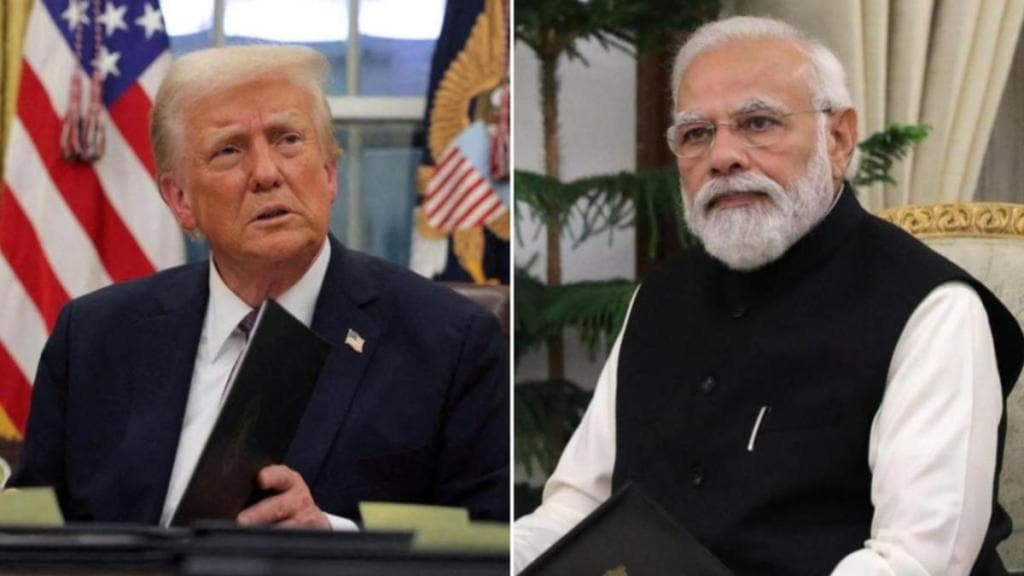Prime Minister Narendra Modi is planning to further reduce tariffs ahead of his upcoming meeting with US President Donald Trump this week. Government officials told Reuters, the move aims to enhance American exports to India while preventing a possible trade conflict.
Modi’s two-day visit to the US, starting Wednesday, comes as Trump plans to introduce reciprocal tariffs, including a 25 per cent duty on steel and aluminium imports. “PM is expected to discuss tariffs with Trump and India is open to a potential mini trade deal,” officials familiar with the development said on the condition of anonymity.
A major point of discussion is expected to be trade, as India prepares to offer tariff cuts that could benefit American exports and help avert a possible trade conflict, Reuters quoted anonymous government officials as saying.
The move comes as Trump prepares to announce reciprocal tariffs targeting multiple countries in order to reshape the global trade dynamics in favor of the US. While Trump has not specified which nations will be affected, he has previously criticised India for its trade policies, calling the country a “very big abuser”. He has also pushed for India to buy more American-made security equipment to establish a more balanced trade relationship.
According to the officials, India is considering reductions in tariffs across a dozen sectors, including electronics, medical and surgical equipment and certain chemicals. These tariff cuts align with India’s domestic production plans and could facilitate increased US exports. Moreover, concessions are being explored for items primarily sourced from the US, such as dish antennas and wood pulp, Reuters reported.
The urgency of the visit stems from efforts to prevent a potential trade war between India and the US, particularly in the wake of rising tensions between Washington and Beijing. The US recently imposed 10% tariffs on Chinese imports, prompting China to retaliate with duties on American energy products.
India has already taken steps to ease trade tensions, including lowering average import tariff rates from 13% to 11% in its latest budget and reducing taxes on high-end motorcycles and luxury cars. Additionally, the government is reviewing surcharges on over 30 products, including solar cells and luxury vehicles.

